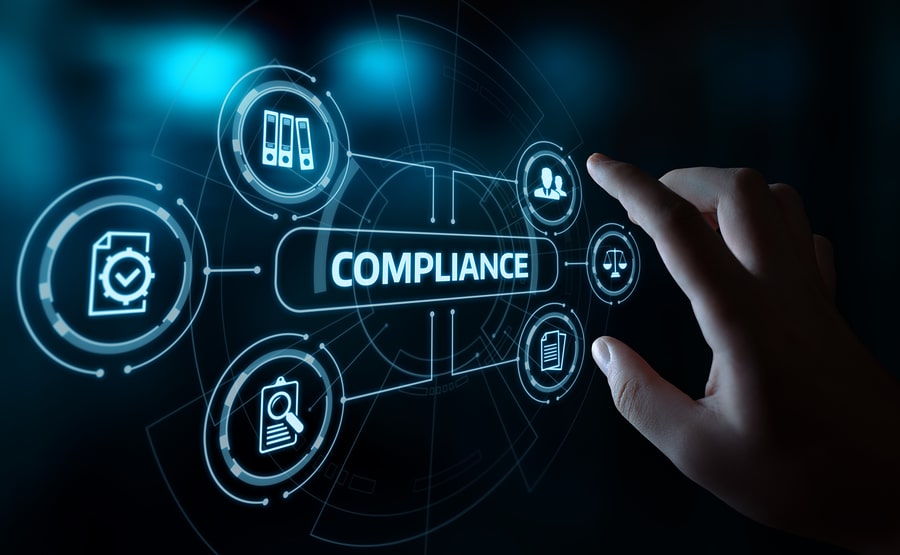How and Why You Need to Create a Remote Work Policy for Your Business

The remote workforce is growing in leaps and bounds. Many workers enjoy the luxury of working from home, managing their own time, and avoiding a lengthy daily commute. Employers who use a remote workforce can reduce the expense of office space and utilize contract workers instead of adding to their overhead with the salaries and benefit packages required for on-staff employees, or alternately, attract top talent seeking remote work opportunities. In other words, having a remote workforce is a win-win for many businesses.
Of course, there are security concerns related to using remote workers. These professionals often use their own devices, including computers, laptops, tablets, smart phones, and so on, for work purposes. Whether they’re using your data, logging into your network, or collaborating with in-house teams, you need to make sure that sensitive company and customer data remains confidential, and this means creating policies designed to maintain a secure remote workforce. How can you do this?
Add a Remote Worker Policy
Many businesses do not have guidelines in place to govern a remote workforce, including procedures for managing security for logins, assets, and more. You might think certain things, like avoiding transmitting sensitive data on public networks, or not sharing work devices with family and friends, are a matter of common sense.
However, you’re much better off spelling out all the details of your remote work policy in order to ensure compliance. This is not only important for managing a remote workforce, but for any and all employees that might work remotely on occasion, such as during business travel.
Implement Secure Infrastructure
User error is often the greatest fear when it comes to remote workforce security, but you also need to have proper protective infrastructure in place to minimize risks of data breach and theft. This starts with installing robust security on any devices accessing your network, but it also requires you to create secure login portals, such as a VPN.
You need more than simply a login process, complete with unique user identities and passwords. In this day and age, it’s wise to utilize a system that recognizes secure and approved devices, and requires secondary authentication, such as with fobs or apps that feature frequently rotating verification codes, just for example.
Create an Emergency Plan
Remote workers need to be informed in the case of emergency issues like breaches, viruses, and other disasters that could make it unsafe to login to your network. Creating a sort of emergency alert system to keep your remote workforce informed is an essential part of your policy updates.
Control Devices and Data Destruction
One way to ensure the security of data is to provide remote workers with dedicated devices that have security protocols included. It is possible to create a policy by which remote workers must install proper security on their own devices, but this can be tricky. You’ll have greater control if you issue protected devices, manage security and access, and collect them later on for proper data destruction.
A reliable service provider like SEAM is uniquely qualified to destroy electronic devices and the data on them, in keeping with the highest security standards and applicable privacy laws. Contact SEAM today at 605-274-SEAM (7326) to learn more.
SEAM provides IT recycling and data destruction services including onsite shredding and hard drive wiping to South Dakota, North Dakota, Minnesota, Iowa, and Nebraska.
Schedule a pickup or contact us for more information.





